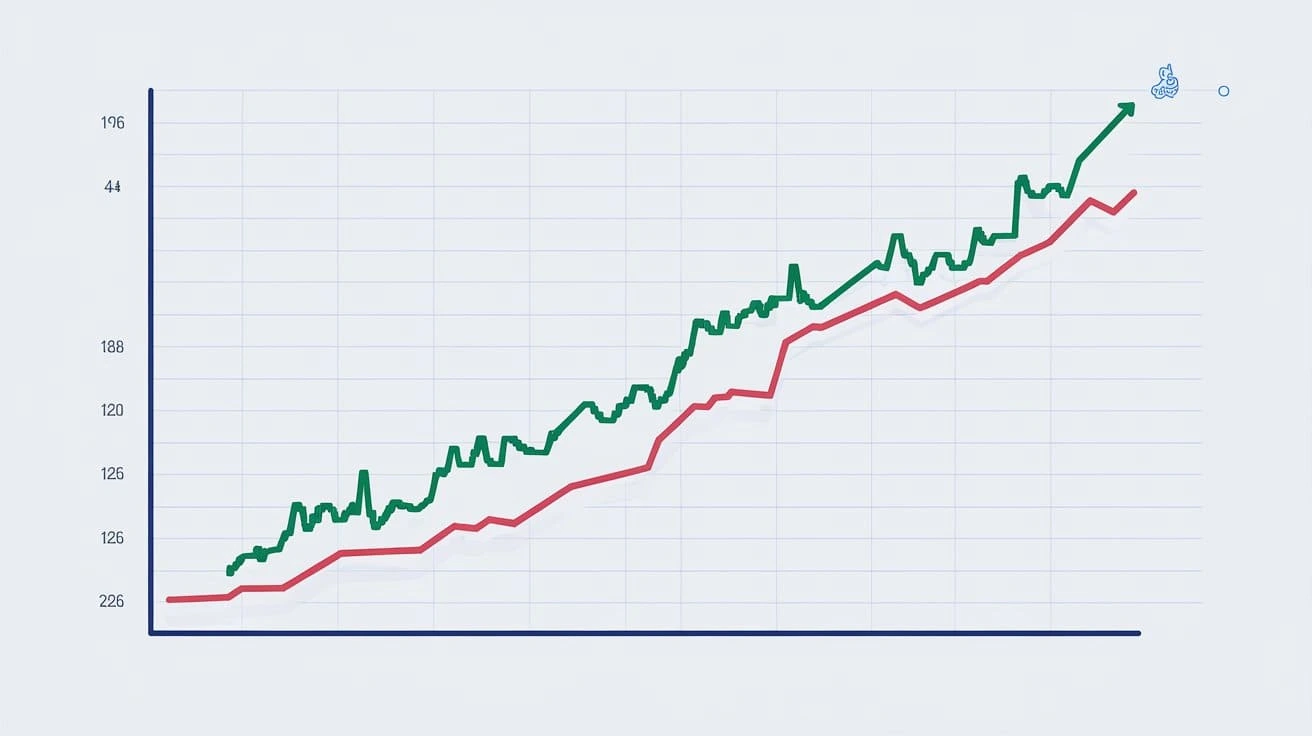
In today’s digital age, cyberbullying has become a significant concern, affecting individuals across all age groups. This troubling phenomenon raises important questions: what are the statistics of cyberbullying and its impact on mental health? In this blog, we will explore the data, focusing on how cyberbullying impacts teens, adults, and society as a whole.
What Are Some Statistics of Cyberbullying?
According to recent studies, cyberbullying affects around 37% of young people between the ages of 12 and 17. These statistics are alarming as they highlight how pervasive online harassment has become. Victims often face issues like depression, anxiety, and in some cases, suicidal thoughts. But the problem extends beyond just teens—does cyberbullying affect adults? Yes, and the statistics show that 40% of adults have reported experiencing some form of cyber harassment.
What Are the Statistics of Cyberbullying in Teens?
How many teens get cyberbullied? In the US alone, around 15% of high school students report being bullied electronically. The situation worsens with the widespread use of social media, making it difficult to escape these negative interactions. Studies show that cyberbullying has increased with the rise of social media, and this has taken a toll on teens’ mental health.
The Impact of Cyberbullying on Mental Health
How does cyberbullying affect mental health? Victims of cyberbullying often experience severe mental health issues, including depression and anxiety. The continuous exposure to hurtful messages online leads to emotional distress, causing long-term psychological effects. In extreme cases, victims of cyberbullying have resorted to self-harm or suicide.
How Often Does Cyberbullying Occur?
How often does cyberbullying occur? Data shows that cyberbullying occurs more frequently than we might think. How often do cyberbullies get arrested? Unfortunately, arrests related to cyberbullying remain low, as laws around online harassment are still evolving in many regions. This makes it difficult to hold bullies accountable.
What Are the Cyberbullying Statistics in Australia?
In Australia, the statistics paint a similar picture. What are relevant statistics relating to cyberbullying in Australia? One in five Australian children aged between 8 and 15 has experienced cyberbullying, according to government reports. The rates are similar to those in other Western nations, showing that this is a global issue.
Does Cyberbullying Affect Society?
How does cyberbullying affect society? The ripple effect of cyberbullying extends beyond just the victim. Families, schools, and even workplaces are affected. The broader societal costs include the impact on mental health services, law enforcement, and education systems. Has cyberbullying increased with social media statistics? Yes, and the rise of anonymous online platforms has made it even harder to curb the problem.
Conclusion
Cyberbullying is not just an issue that affects teens; it has widespread ramifications across all age groups and societies. By understanding the statistics of cyberbullying, we can begin to address its impact on mental health and find ways to combat this pervasive issue.
If you or someone you know is experiencing cyberbullying, don't hesitate to seek help. Remember, mental health should always be a priority.
Get Started Today!
Get Started Today With Quick Moderate And Cut Your Moderation Costs By 40% Through AI-driven Solutions!
